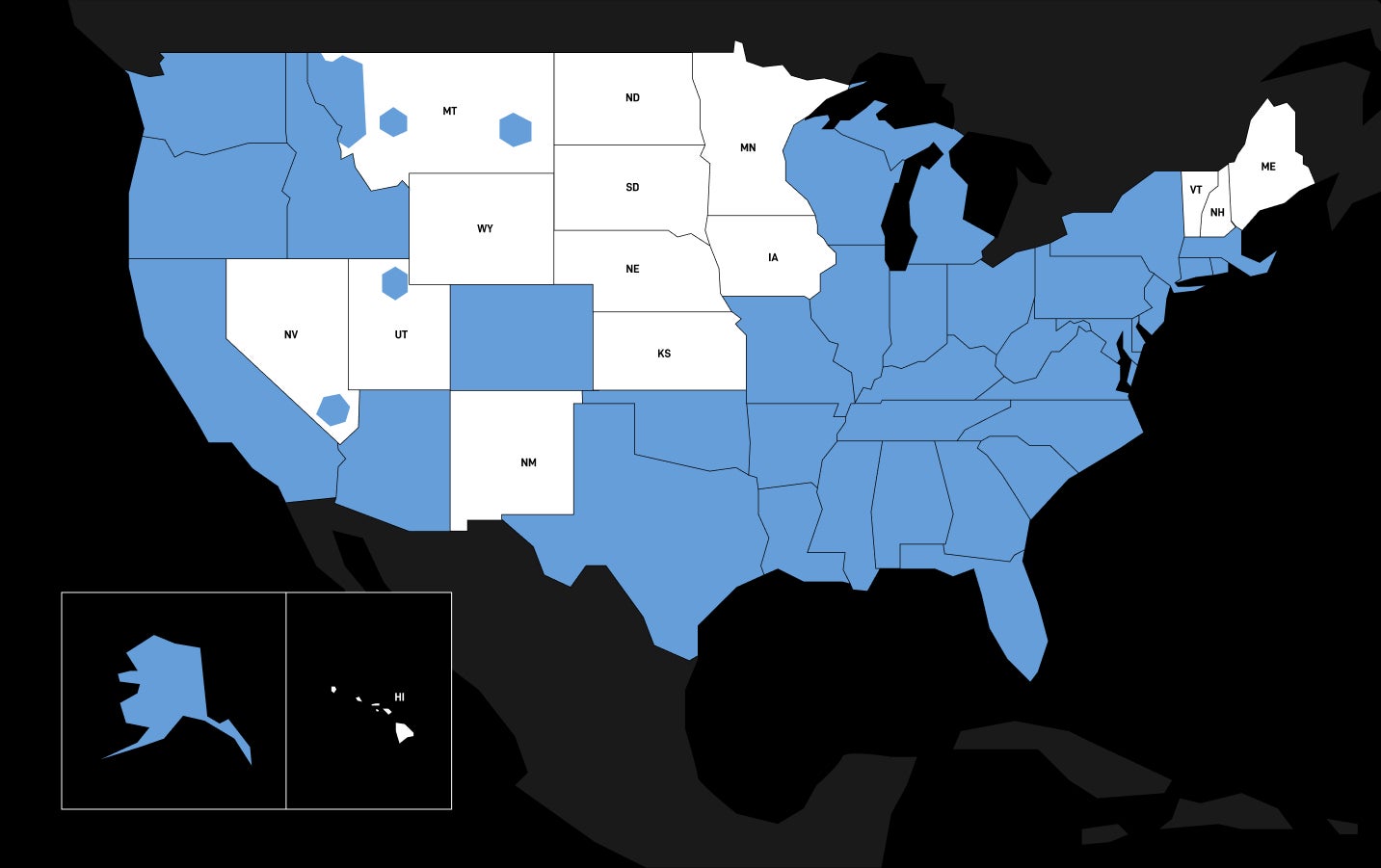Also, the service plan will be deprioritized compared to Residential service during peak hours, effectively reducing speeds even more. Before we go into details, here is what you get for $80 per month:
- There are no data caps and no speed caps.
- Speeds should range from 50 – 100 Mbps.
- You may upgrade to Residential plan at any time.
In comparison, the Residential service costs $120 per month and offers 150 – 250 Mbps. This service plan doesn’t get deprioritized during peak hours, and just like the Lite plan it has no data or speed caps.
At the moment, Starlink’s Residential Lite plans is available in 15 US states: Hawaii, Iowa, Kansas, Maine, Minnesota, Montana, Nebraska, Nevada, New Hampshire, New Mexico, North Dakota, South Dakota, Utah, Vermont, and Wyoming.
Judging by what’s offering, the Residential Lite isn’t a good deal at all unless you’re living in an area where no US carrier provides internet coverage. It’s an even worse deal than actually getting Starlink’s full-fledged Residential plan.

Starlink’s Residential (blue) vs. Residential Lite (white) coverage map | Image credits: Starlink
However, for households that can’t afford to pay $40 per month for the Residential plan, this remains the only cheap alternative. Another benefit is the fact that you won’t have to sign a long-term contract when getting either of Starlink’s Residential plans.
Starlink ‘Residential Lite’ Service is a more affordable service plan for personal or household-use at a fixed, land-based location in select areas. Users will have an unlimited amount of deprioritized data each month with no long-term contracts.
– Starlink, March 2025
One of the reasons Starlink launched a cheaper Residential plan is to offer households that were part of FCC’s Affordable Connectivity Program cheaper access to internet.The program was shut down last year due to lack of funding, but before that happened, the government subsidized eligible households up to $75 per month for internet access.
Starlink’s Residential and Residential Lite plans aren’t really meant to compete with major ISP providers in the country like Comcast and Spectrum but rather complement them by offering internet access to those households that don’t have access to other options.

